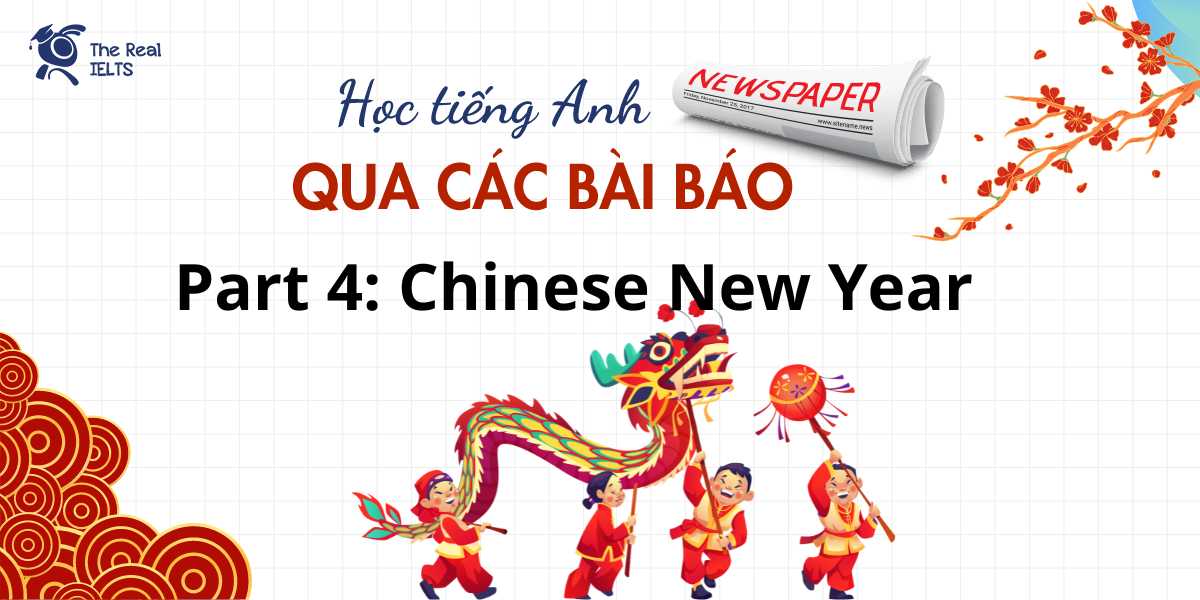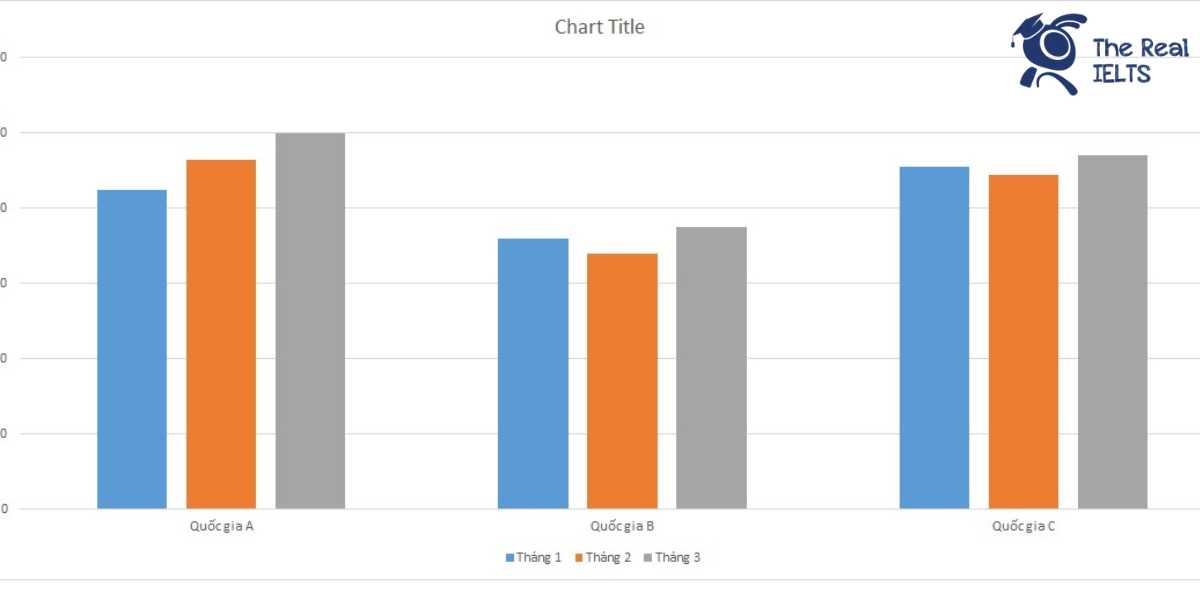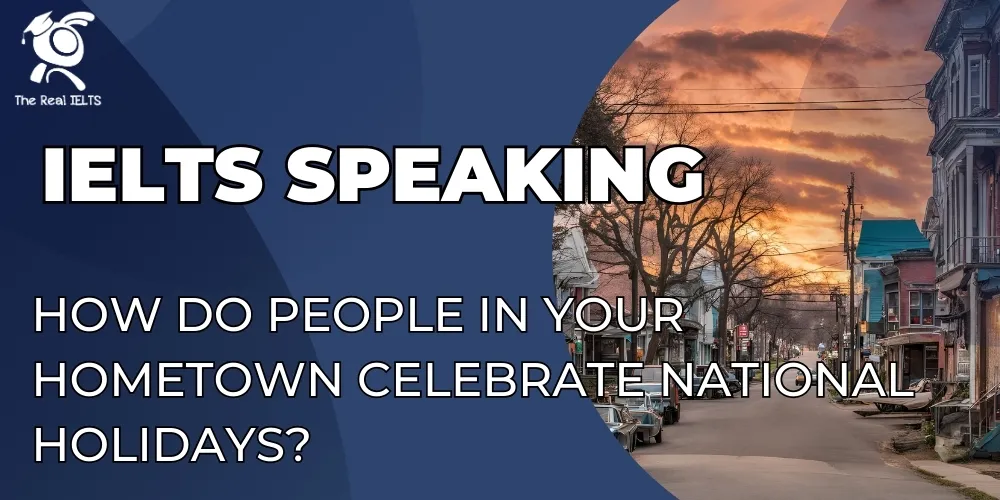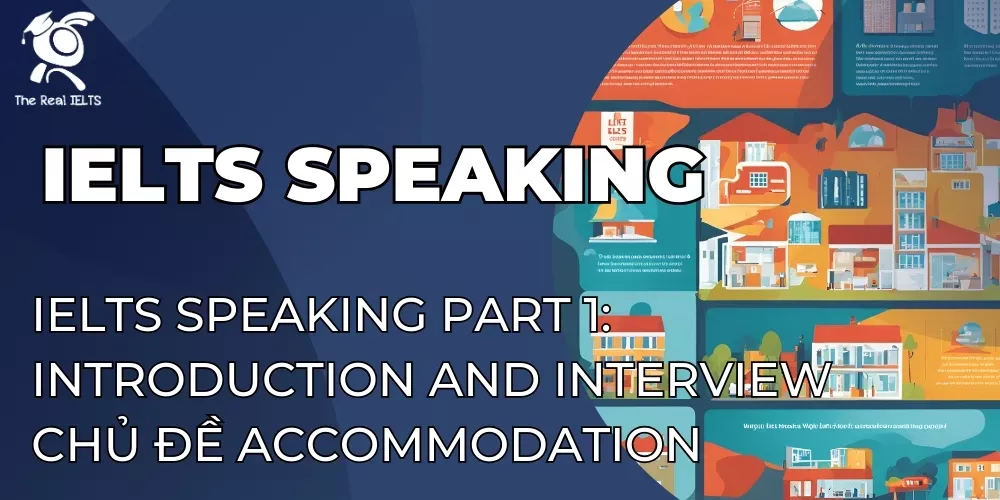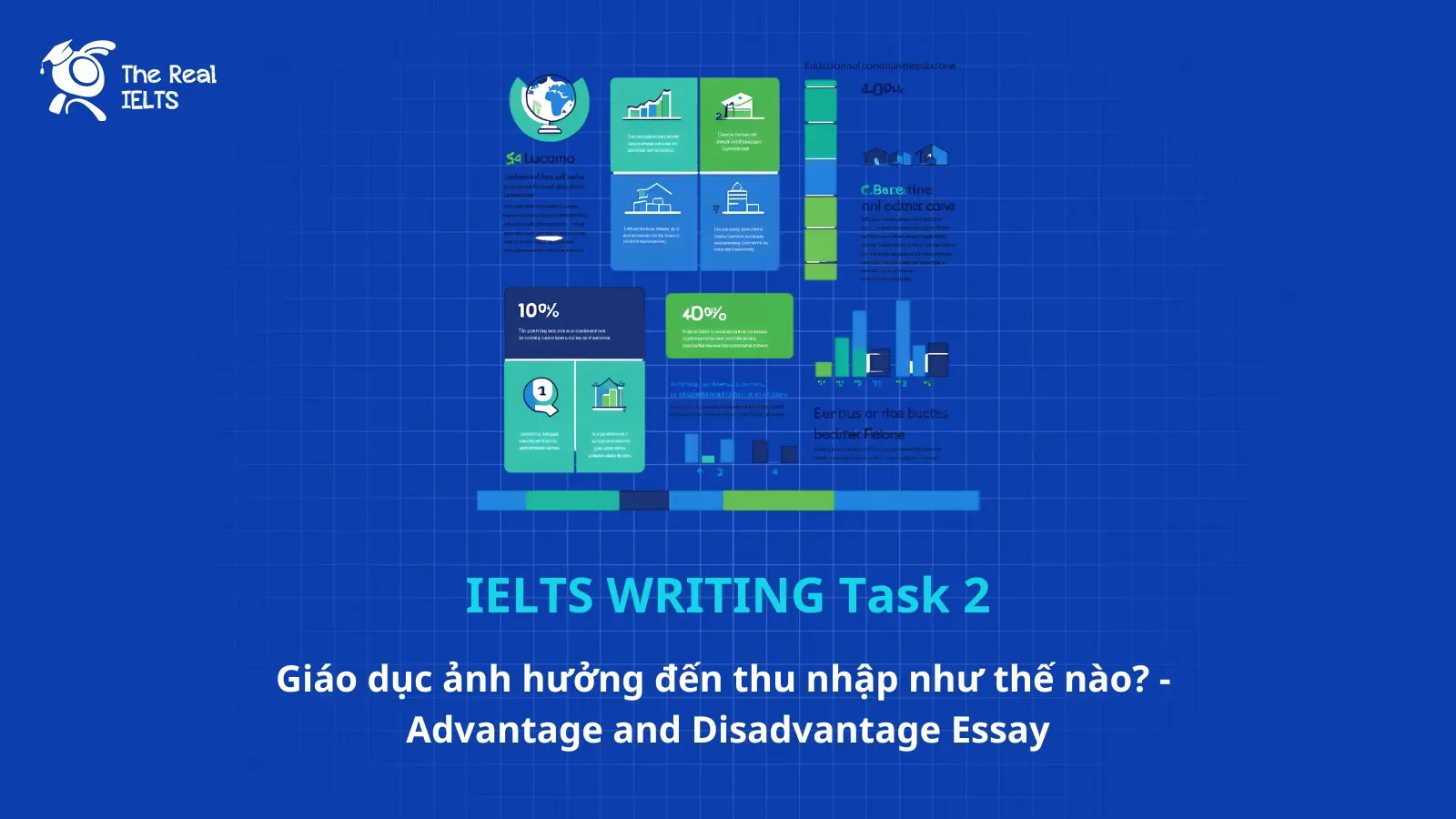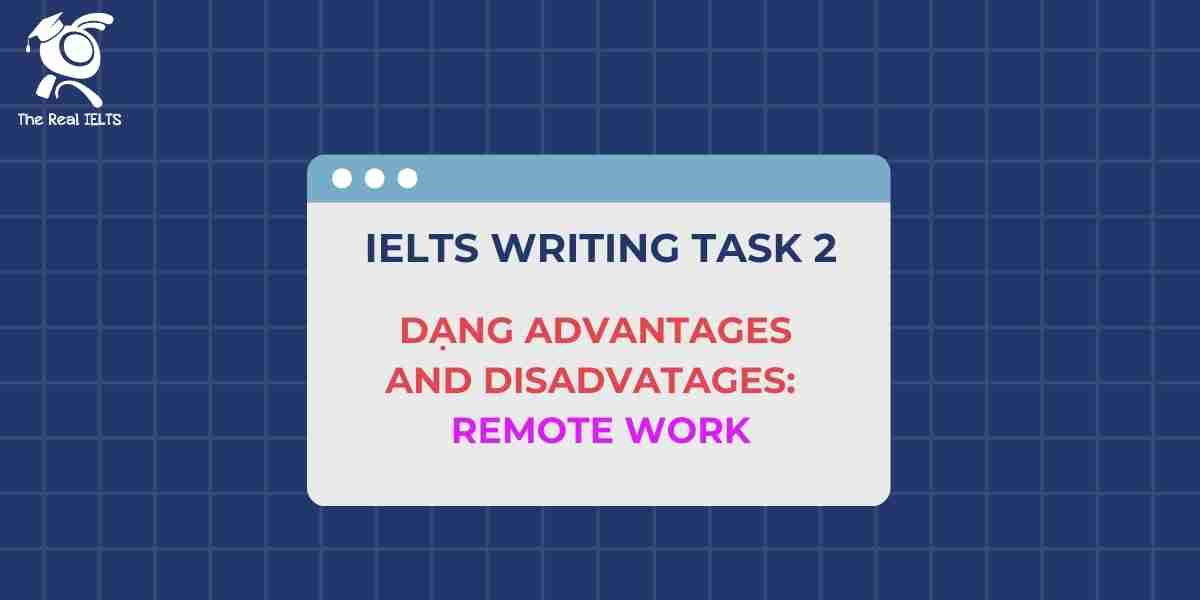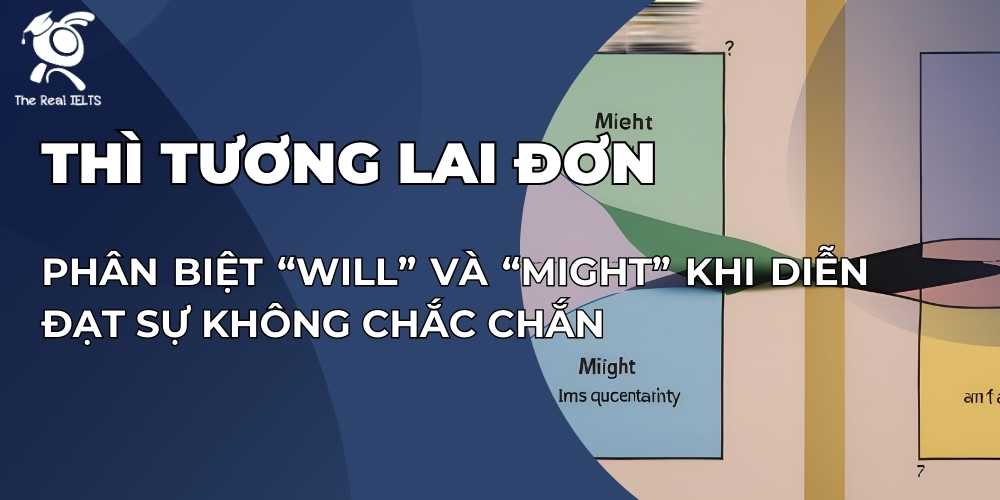Học tiếng Anh qua các bài báo phần 4. Bài viết này sẽ phân tích bài báo sau:
Chinese New Year History, Meaning, and Celebrations
One of the World’s Biggest Celebrations
Chinese New Year is the longest and most important celebration in the Chinese calendar. Chinese months are reckoned by the lunar calendar, with each month beginning on the darkest day. New Year festivities traditionally start on the first day of the month and continue until the fifteenth, when the moon is brightest. In China, people may take weeks of holiday from work to prepare for and celebrate the New Year.
A Fun New Year
Legend has it that in ancient times, Buddha asked all the animals to meet him on Chinese New Year. Twelve came, and Buddha named a year after each one. He announced that the people born in each animal’s year would have some of that animal’s personality traits. Those born in rooster years are often independent, practical, hard-working, and observant. People believe the rooster years bring bad luck to those born in the year of the rooster. Britney Spears, Roger Federer, Caroline Kennedy, Eleanor Roosevelt, Eric Clapton, Natalie Portman, and Yoko Ono were born in the year of the rooster.
Fireworks and Family Feasts
At Chinese New Year celebrations people wear red clothes, decorate with poems on red paper, and give children “lucky money” in red envelopes. Red symbolizes fire, which according to legend can drive away bad luck. The fireworks that shower the festivities are rooted in a similar ancient custom. Long ago, people in China lit bamboo stalks, believing that the crackling flames would frighten evil spirits.
The Lantern Festival
In China, the New Year is a time of family reunion. Family members gather at each other’s homes for visits and shared meals, most significantly a feast on New Year’s Eve. In the United States, however, many early Chinese immigrants arrived without their families, and found a sense of community through neighborhood associations instead. Today, many Chinese-American neighborhood associations host banquets and other New Year events.
The lantern festival is held on the fifteenth day of the first lunar month. Some of the lanterns may be works of art, painted with birds, animals, flowers, zodiac signs, and scenes from legend and history. People hang glowing lanterns in temples, and carry lanterns to an evening parade under the light of the full moon.
In many areas the highlight of the lantern festival is the dragon dance. The dragon—which might stretch a hundred feet long—is typically made of silk, paper, and bamboo. Traditionally the dragon is held aloft by young men who dance as they guide the colorful beast through the streets. In the United States, where the New Year is celebrated with a shortened schedule, the dragon dance always takes place on a weekend. In addition, many Chinese-American communities have added American parade elements such as marching bands and floats.
Các từ vựng và cụm từ vựng cần lưu ý trong bài báo
- Lunar New Year: Tết Nguyên Đán
- festivity: ngày lễ
- Spring Festival: Lễ hội Xuân
- Chinese zodiac: cung hoàng đạo Trung Quốc
- traditions: truyền thống
- customs: phong tục
- celebration: sự kỷ niệm
- family reunion: sự hội ngộ gia đình
- red envelopes: phong bì đỏ
- symbolize: tượng trưng
- prosperity: thịnh vượng
- good fortune: may mắn
- luck: vận may
- fireworks: pháo
- dragon dance: múa lân
- lion dance: múa sư tử
- lanterns: đèn lồng
- decorations: trang trí
- reunion dinner: bữa tối họp mặt gia đình
- dumplings: bánh bao
- longevity noodles: mì dài
- symbolic foods: thực phẩm tượng trưng
- fish: cá
- abundance: sự phong phú
- pineapple: dứa
- wealth: sự giàu có
- oranges: quả cam
- luckiness: may mắn
- tangerines: quả quýt
- gold: vàng
- prosperity cakes: bánh phúc lộc thọ
- fortune cookies: bánh quy may mắn
- ancestral offerings: cúng ông bà tổ tiên
- red decorations: trang trí màu đỏ
- festive attire: trang phục lễ hội
- dragon boat racing: đua thuyền rồng
- entertainment: giải trí
- parade: diễu hành
- cultural performances: các tiết mục văn hóa
- lion costumes: trang phục sư tử
- drumming: đánh trống
- gong: cồng chiêng
- cymbals: chiêng
- festive music: nhạc lễ hội
- traditional dances: các điệu nhảy truyền thống
- street vendors: người bán hàng rong
- festive atmosphere: bầu không khí lễ hội
- holiday spirit: tinh thần lễ hội
- annual celebration: lễ kỷ niệm hàng năm
- lunar calendar: lịch âm
- cultural significance: ý nghĩa văn hóa
- family gatherings: sự họp mặt gia đình
- decorations: đồ trang trí
- anticipation: sự mong đợi
- countdown: đếm ngược
- reunion: cuộc tái ngộ
- togetherness: sự đoàn kết
- blessings: phúc lành
- to pray: cầu nguyện
- offerings: lễ vật
- joss sticks: hương thơm
- floral tributes: hoa tưởng niệm
- family altar: bàn thờ gia đình
- incense: nhang
- ancestors: tổ tiên
- worship: thờ cúng
- gratitude: lòng biết ơn
- reflection: sự suy ngẫm
- respect: sự tôn trọng
- homage: lòng tôn kính
- family values: giá trị gia đình
- filial piety: hiếu thảo
- generational bonds: mối liên kết theo thế hệ
- cultural heritage: di sản văn hóa
- family honor: danh dự gia đình
- New Year’s resolutions: quyết tâm năm mới
- renewal: sự đổi mới
- fresh start: khởi đầu mới
- aspirations: nguyện vọng
- ambitions: hoài bão
- self-improvement: tự cải thiện
- personal growth: sự phát triển cá nhân
- community spirit: tinh thần cộng đồng
- unity: sự đoàn kết
- harmony: sự hòa hợp
- social cohesion: sự đoàn kết xã hội
- solidarity: sự đoàn kết chặt chẽ
- charity: từ thiện
- compassion: lòng trắc ẩn
- kindness: lòng tốt lành
- generosity: lòng hào phóng
- empathy: sự đồng cảm
- community service: công tác cộng đồng
- volunteerism: tình nguyện
- cultural exchange: trao đổi văn hóa
- cross-cultural understanding: hiểu biết đa văn hóa
- multiculturalism: đa văn hóa
- diversity: sự đa dạng
- inclusion: sự bao gồm
- global citizenship: công dân toàn cầu
Đọc thêm: Học tiếng Anh qua các bài báo Part 3: US to provide $170 million to Guatemala.
Các cấu trúc câu và ngữ pháp cần lưu ý trong bài báo
- Cấu trúc câu đơn:
- Example: “Lunar New Year falls on the first new moon between January 21 and February 20.”
- Trong câu này, chủ ngữ “Lunar New Year” đi với động từ “falls”, sau đó là một mệnh đề quan hệ “on the first new moon between January 21 and February 20.” Câu này thể hiện một sự kiện chung xảy ra vào thời điểm nhất định.
- Cấu trúc câu phức:
- Example: “The Spring Festival, as it’s known in China, is the longest public holiday in the country.”
- Trong câu này, “The Spring Festival” là chủ ngữ, “is” là động từ, và “the longest public holiday in the country” là mệnh đề quan hệ giải thích về sự kiện “The Spring Festival”.
- Sự so sánh:
- Example: “The festival is celebrated by millions of people worldwide.”
- Trong câu này, từ “celebrated” là dạng quá khứ của động từ “celebrate”. Sự so sánh còn được thể hiện thông qua từ “millions of people worldwide”, so sánh về quy mô của việc kỷ niệm lễ hội.
- Câu điều kiện:
- Example: “If you’re born in the year of the Rat, it’s your year!”
- Trong câu này, “If” là từ khóa của câu điều kiện. Câu này đưa ra một điều kiện giả định (“you’re born in the year of the Rat”) và kết quả tương ứng (“it’s your year!”).
- Câu hỏi (Question forms):
- Example: “What’s your Chinese zodiac sign?”
- Câu này thể hiện một câu hỏi trực tiếp, sử dụng từ “What” để yêu cầu thông tin về “your Chinese zodiac sign”.
- Động từ không thường được sử dụng với động từ to be:
- Example: “Many customs and traditions are associated with the holiday.”
- Trong câu này, động từ “are associated” không đi kèm với động từ “to be”. Đây là một cấu trúc phổ biến trong tiếng Anh.
- Câu nghi vấn với từ Wh-:
- Example: “What are some traditional foods eaten during Chinese New Year?”
- Trong câu này, từ “What” được sử dụng để yêu cầu thông tin về “some traditional foods eaten during Chinese New Year”.
- Câu phủ định:
- Example: “Lunar New Year is not celebrated on a fixed date.”
- Trong câu này, “not” được sử dụng để phủ định câu trước đó, thể hiện rằng “Lunar New Year” không được kỷ niệm vào một ngày cố định.
Bài tập luyện tập
The ________, also known as the ________, is a time of great ________ and ________ for many people around the world. This ________ is deeply rooted in ________ and ________, with each aspect of the holiday carrying ________.
One of the most cherished ________ during the ________ is the giving of ________ filled with money. These envelopes ________ ________ and are believed to bring ________ and ________ to the recipients. Another ________ is the vibrant display of ________, which light up the sky and fill the air with excitement.
Throughout the holiday, ________ and ________ can be seen in many communities. These ________ are accompanied by the rhythmic beating of drums and the clanging of ________, creating a ________ that is hard to resist. The streets are adorned with colorful ________ and other ________, adding to the ________.
Families gather for a ________, where they enjoy delicious ________ and other ________. Longevity noodles, ________, and fruits like ________ and ________ are also commonly served, all of which carry ________ of ________ and ________.
Beyond the ________, the ________ is a time for ________ and ________. It’s a time to express ________ to one’s ________ and to set ________ for personal growth and ________.
In essence, the ________ is not just a ________; it’s a celebration of ________, ________, and ________. It’s a time to strengthen ________, embrace ________, and look forward to the ________ that the new year brings.
Phải dùng các từ sau để điền lên đoạn văn:
| Chinese tradition | red envelopes |
| cultural significance | celebration |
| symbolize prosperity | symbolism |
| festivity | traditions |
| good fortune | Spring Festival |
| customs | Spring Festival |
| dragon | fireworks |
| luck | custom |
| lanterns | festive atmosphere |
| lion dances | decorations |
| reunion dinner | cymbals |
| traditional dances | holiday spirit |
| symbolic foods | fish |
| meaningful symbolism | wealth |
| dumplings | gratitude |
| pineapples | oranges |
| abundance | festivities |
| ancestors | renewal |
| Lunar New Year | Chinese New Year |
| self-improvement | reflection |
| New Year’s resolutions | cultural heritage |
| community | holiday |
| family | possibilities |
Đáp án
The Lunar New Year, also known as the Spring Festival, is a time of great festivity and celebration for many people around the world. This Chinese tradition is deeply rooted in customs and symbolism, with each aspect of the holiday carrying cultural significance.
One of the most cherished traditions during the Spring Festival is the giving of red envelopes filled with money. These envelopes symbolize prosperity and are believed to bring good fortune and luck to the recipients. Another custom is the vibrant display of fireworks, which light up the sky and fill the air with excitement.
Throughout the holiday, dragon and lion dances can be seen in many communities. These traditional dances are accompanied by the rhythmic beating of drums and the clanging of cymbals, creating a festive atmosphere that is hard to resist. The streets are adorned with colorful lanterns and other decorations, adding to the holiday spirit.
Families gather for a reunion dinner, where they enjoy delicious dumplings and other symbolic foods. Longevity noodles, fish, and fruits like pineapples and oranges are also commonly served, all of which carry meaningful symbolism of abundance and wealth.
Beyond the festivities, the Lunar New Year is a time for reflection and renewal. It’s a time to express gratitude to one’s ancestors and to set New Year’s resolutions for personal growth and self-improvement.
In essence, the Chinese New Year is not just a holiday; it’s a celebration of family, community, and cultural heritage. It’s a time to strengthen bonds, embrace traditions, and look forward to the possibilities that the new year brings.


